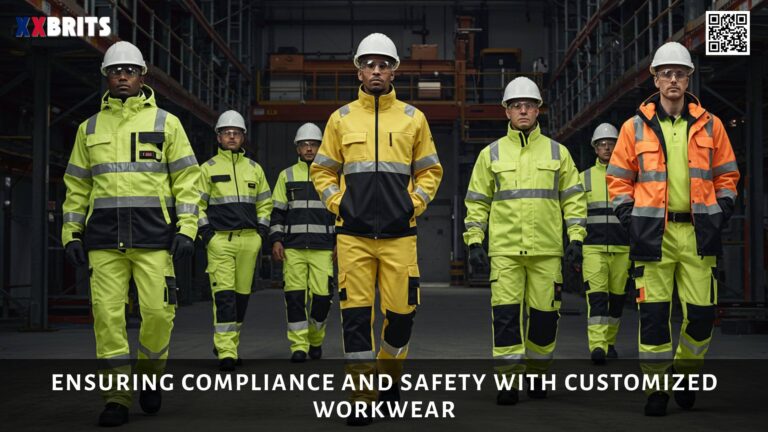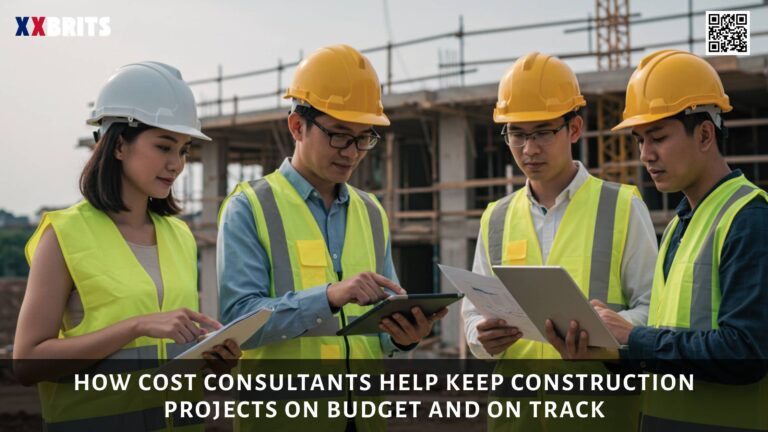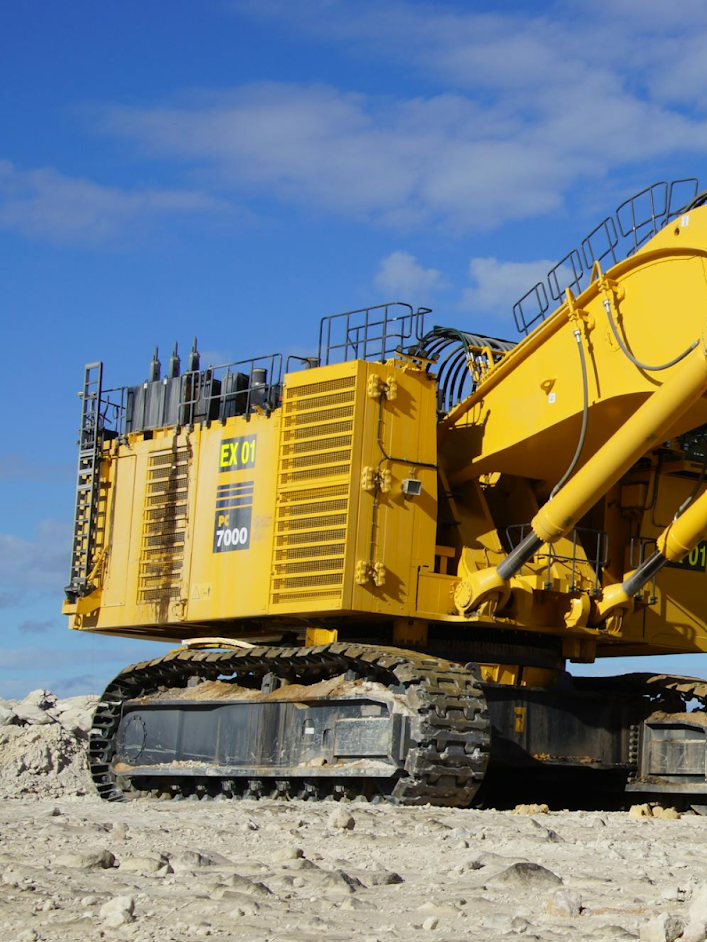How Do Temporary Barriers Help Manage Traffic on Construction Sites?
Construction sites present unique safety and traffic control challenges. Protecting the public and employees calls for wise solutions. Temporary barriers provide necessary demarcation and protection within these always-shifting surroundings. There are various choices, from more robust concrete barriers to lighter fence panels and flexible, water-filled units.

Every kind is essential for properly directing traffic and mitigating the natural hazards associated with building activity. A safe and efficient jobsite depends on knowing how to pick, install, and maintain these obstacles properly, thereby directly supporting project success.
Temporary Barrier Types Used on Building Sites
Various temporary obstacles influence safety and traffic direction within construction work zones. Familiar images include the strong precast concrete barrier, also known as a Jersey barrier, next to lightweight plastic or metal fence panels.
While basic collapsible roadblocks and traffic cones are used for rapid changes and channelising activities, more flexible choices, such as water-filled obstacles, provide versatility. Each type protects work zones and meets specific site needs by effectively managing the flow of vehicles and pedestrians.
Advantages of Using Temporary Barriers for Traffic Control
Using temporary barriers for traffic control on construction sites provides significant operational and safety advantages. These barriers provide obvious boundaries between the active work zones and public roads, thereby lowering the likelihood of accidents. Through effective traffic control, construction projects can proceed with minimal interruption, thereby avoiding bottlenecks and associated delays.
Their physical presence is also a strong visual statement that encourages drivers to slow down and navigate the area more cautiously. These barriers provide a safer workplace for everyone concerned—crews and the public alike—while maintaining work zone integrity and supporting the project’s forward drive.
Thinking about using temporary barriers on building sites
Efficiently placing temporary barriers requires deliberate consideration. The choice and placement of barrier types should be guided by the site’s specific layout, which includes key access points and anticipated patterns of vehicle and pedestrian traffic.
Local laws and current safety standards must be followed; these criteria might vary greatly across jurisdictions. Environmental factors are important as well. Weather conditions, including wind or rain, as well as visibility restrictions, can impact barrier stability and overall safety. Regular site evaluations are essential, as they enable you to make quick adjustments as circumstances change, thereby ensuring the continuous required protection of the barriers throughout the project’s life cycle.
Managing Traffic on Construction Sites with Temporary Barriers: Best Practices
To maximise the effectiveness of temporary barriers controlling construction site traffic, certain best practices are essential. The priority is maintaining appropriate sight distances for drivers; strategically placing barriers ensures clear, unambiguous routes for cars and pedestrians. Conduct frequent checks.
Look for damage, displacement, or wear to allow swift repairs or relocations. Improving visibility is smart and particularly crucial at night or in inclement weather: use reflective sheeting or bright, highly visible colours. Open communication with local traffic authorities and the public offers vital early information on the construction and any travel disruptions. Correct staff training on barrier deployment, inspections, and maintenance strengthens safety standards across the board.
Conclusion
Safety and traffic flow on construction sites depend on the efficient use of temporary barriers, which is non-negotiable. Construction managers can significantly reduce accident risks and operating delays by selecting the appropriate barrier system for specific site requirements and adhering to established best practices.
Regular monitoring, open public communication, and careful barrier placement help safeguard workers. They also enhance the experience for pedestrians and automobiles passing through or near the construction zone. Successful project execution is based on prioritising safety with well-planned temporary barrier systems, which also protect the surrounding population.
Image attributed to Pexels.com
Source: https://xxbrits.uk/






